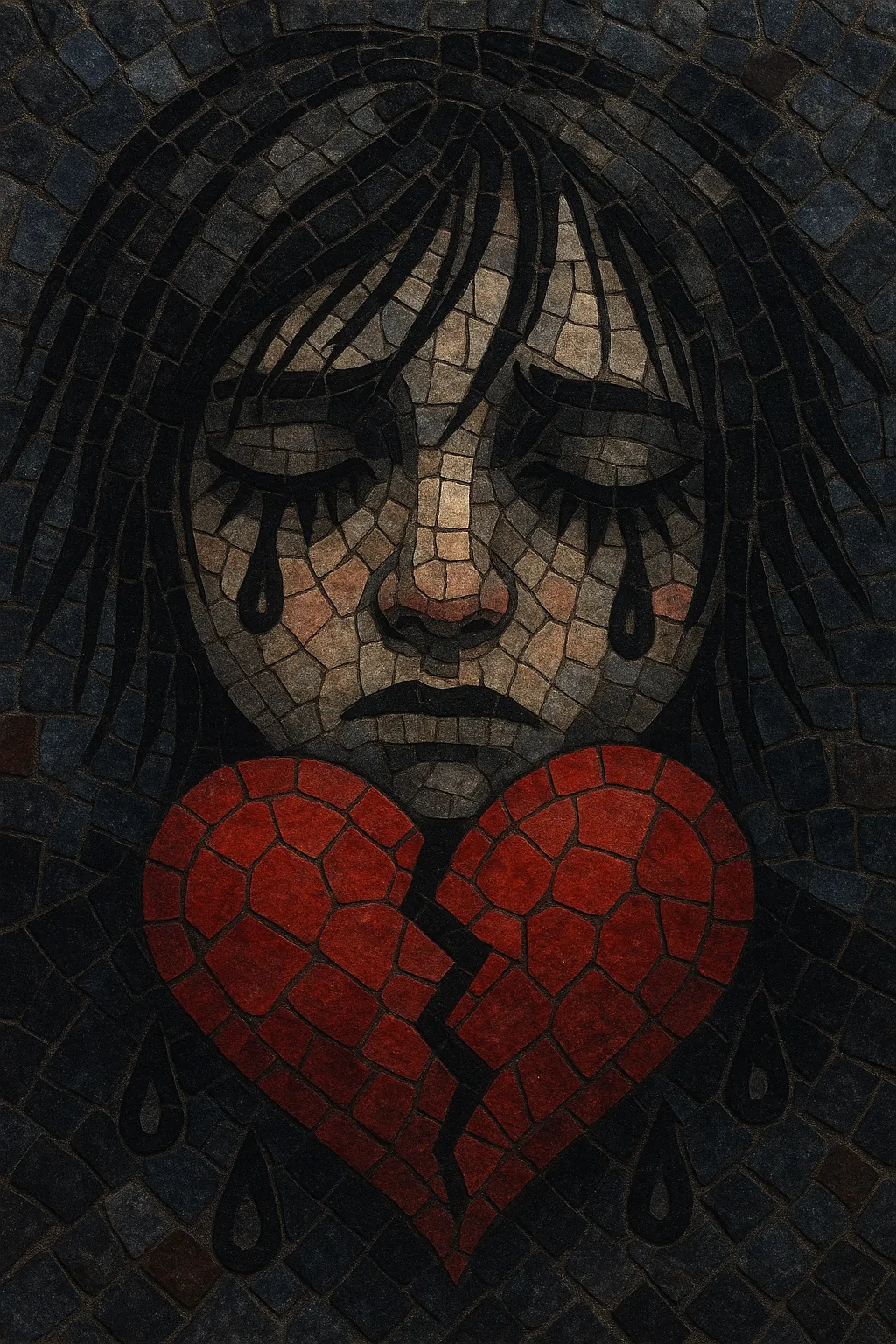Emocore (short for emotional hardcore) is a style of hardcore punk distinguished by intensely personal, confessional lyrics, dynamic song structures, and a heightened emphasis on melody and expressivity. It grew from the Washington, D.C. punk scene as musicians sought more nuanced ways to channel catharsis beyond the blunt-force speed and aggression of early hardcore.
Musically, emocore retains hardcore’s driving rhythms and shouted/sung vocals, but it favors dramatic shifts in tempo and volume, ringing octave chords, crawling clean passages that explode into overdrive, and bass/drum interplay that supports sudden mood changes. Lyrically, it pivots from overt political manifestos toward vulnerability, interiority, relationships, and self-interrogation—without abandoning punk’s DIY ethic and intensity.
Emocore emerged in the mid-1980s out of the D.C. hardcore milieu—often linked to the 1985 "Revolution Summer" moment around Dischord Records. Bands like Rites of Spring and Embrace (fronted by Ian MacKaye after Minor Threat) pushed the hardcore template toward confessional lyrics, melodic guitar figures, and volatile dynamics. The term "emotional hardcore"—later shortened to "emocore"—was initially used by journalists, sometimes pejoratively, to describe this more vulnerable strain of punk.
In this period, groups such as Gray Matter, Beefeater, Moss Icon, Soulside, and One Last Wish explored clean-to-distorted contrasts, octave chords, and song forms that alternated tension and release. The emphasis shifted from strictly outward political protest to inward struggle and interpersonal themes, while keeping the community-minded DIY practices of the scene.
As D.C.’s blueprint spread, emocore’s DNA fed directly into post-hardcore and a broader emo movement across the U.S. The sound diversified: some bands retained the rough, immediate feel of early emocore; others stretched into more intricate guitar work, artful arrangements, and reflective pacing. Labels and touring networks carried the approach beyond D.C., influencing scenes in the Midwest and West Coast.
By the early-to-mid 1990s, the term "emo" began to eclipse "emocore" as the style fragmented into branches (e.g., Midwest emo’s twinkling guitars and complex rhythms). Meanwhile, D.C.-rooted aesthetics informed post-hardcore’s balance of force and finesse.
Today, "emocore" is often used historically to denote the original D.C. emotional hardcore sound and ethos, distinct from later mainstream "emo" and emo-pop waves. Its enduring legacy lies in proving that hardcore’s intensity could accommodate vulnerability, dynamic songwriting, and melodic nuance—paving the way for post-hardcore, screamo, and multiple evolutions of emo.


